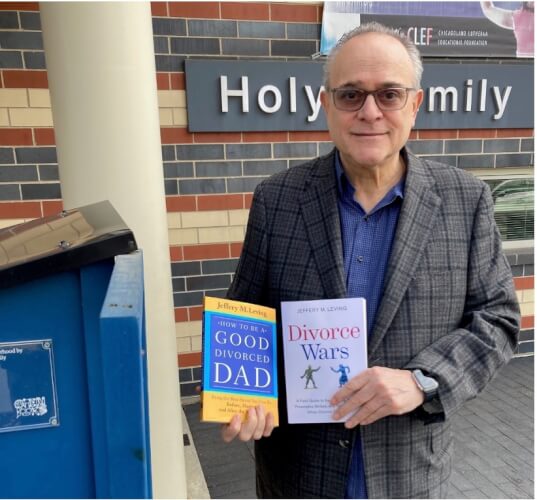Summit TIF hearing heats up
Residents question need for district along Harlem
By Steve Metsch
Things got a bit heated Monday afternoon during a hearing about a proposed Tax Increment Financing (TIF) District in Summit.
The area is on the west side of Harlem Avenue, stretching from the railroad tracks on the north to 63rdStreet on the south.
“There are no projects planned at the present time. There’s no developer. We’re just trying to get the TIF started,” village attorney Vince Cainkar said.
“Being a TIF district doesn’t raise your taxes, doesn’t lower your taxes … This is basically the same TIF district that was proposed two years ago except we removed five houses (north of the railroad tracks) from the TIF,” Cainkar said.
Several residents and business owners questioned why the TIF is needed.
Summit resident Ray Williams said the purposed of the TIF was “to gain control of real estate before development.”
That would not be the case, said Cainkar, who was visibly upset at Williams’ suggestion.
During Monday’s hearing, Summit resident Ray Williams questioned the motives behind the village seeking a TIF district on the west side of Harlem Avenue from the railroad tracks to 63rd Street. Photo by Steve Metsch.
Another longtime resident of Summit, Ted Bojanowski, said that TIF districts never work as planned when he voiced his displeasure with the proposal.
“The TIF program needs to end. It’s of no benefit to us,” Bojanowski said.
He briefly got into a debate about the merits of TIFs with village trustee Sam Dardovski, who was sitting in the audience.
“This TIF district makes no sense …Nobody’s going to come in because you have a TIF district. They simply do not work,” Bojanowski said.
He then requested “a private meeting with Mr. Cainkar,” who responded: “I don’t do business like that.”
After a heated exchange with Cainkar, Bojanowski quipped: “I feel like Rodney Dangerfield. I don’t get respect where I live.”
Mayor Sergio Rodriguez, after the meeting, said: “Your location of a TIF matters.”
The TIF freezes the amount of property taxes received by taxing bodies such as school districts. But after the TIF expires in 23 years, the idea is they’d reap the benefit with increased tax monies.
And, with the taxes frozen, it’s an incentive for developers to come into a town and develop an area, he noted.
“When we get a bang for our buck is when the property taxes goes from $20,000 to $100,000 a year,” he said.
“(The goal) is to bring in something that’s more valuable, that brings in more (tax) money than what’s there now,” Rodriguez said.
One woman was concerned about buildings being torn down.
“Say you have someone wants to come in and build something. They’ll go to your business next door. You’re making money. Yes, we can do nothing, but how long has that property not been developed? How can we get this area more life?” Rodriguez said.
The next step will bring the TIF proposal to the village board, which next meets at 7 p.m. June 24.
Community development consultant Jack Hynes briefly talked to the audience about the TIF.
“People talk that the money is going to go away from the schools … the (money) still gets disbursed to all the taxing bodies,” Hynes said. “The schools get money. They do get the money they have right now.”
Rodriguez said the next step will be bringing the TIF proposal before the village board, most likely at its next scheduled meeting, at 7 p.m. on June 24.
- Bruce Springsteen and The E Street Band are still rockin’ - August 10, 2023
- Weathering personal storms - July 20, 2023
- Countryside solution irks some - July 20, 2023
























